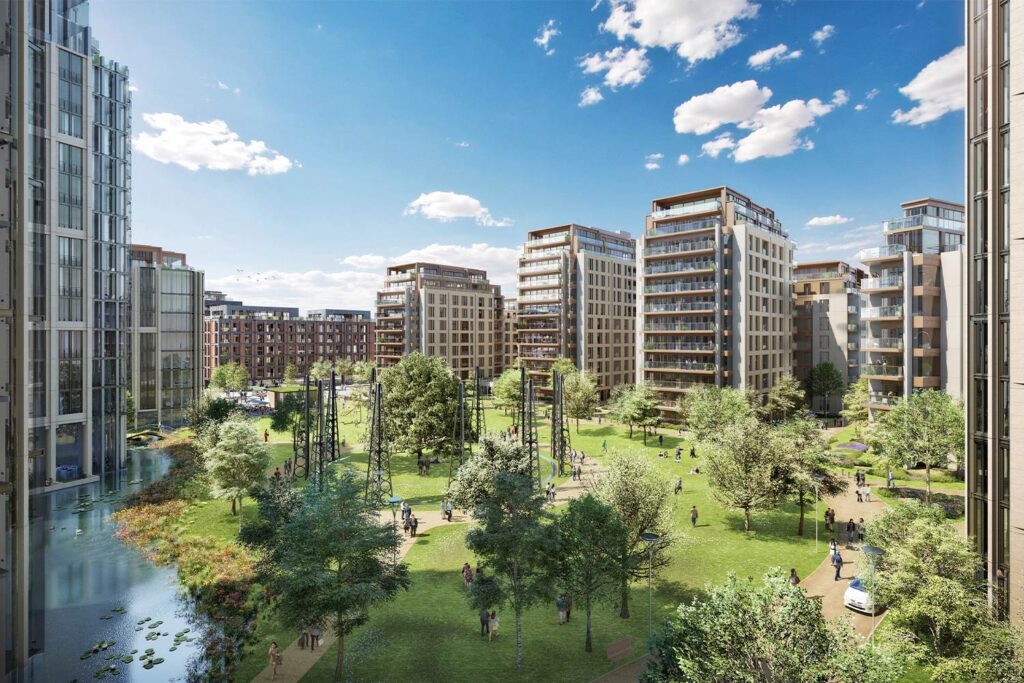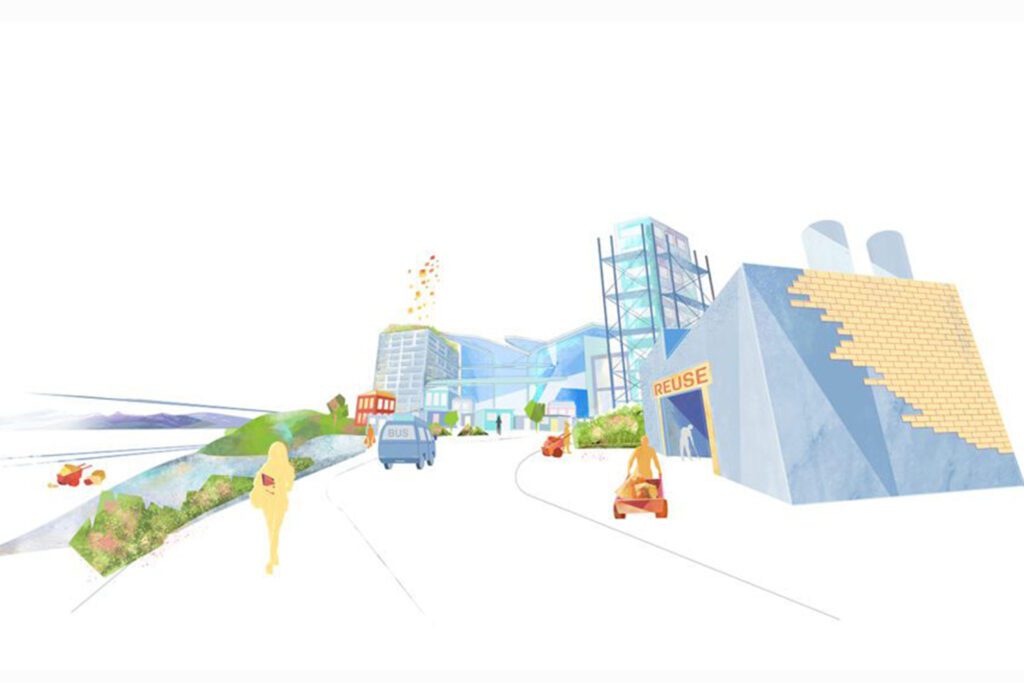5 things to consider when assessing greenhouse gas emissions in EIA
Since greenhouse gas emissions were included in the UK Environmental Impact Assessment (EIA) Regulations in 2017, the climate emergency has gained significant traction in both the public and political conscience.
The climate emergency has also become an important topic in national and local planning policy, leading to increased scrutiny on the climate effects of developments. This has created greater planning risks for developers who do not put measures in place that adequately reduce greenhouse gas emissions.
Within this context, the assessment of greenhouse gas emissions within EIA has become increasingly commonplace, with methods and approaches becoming more aligned across the construction industry.

To capture the progress made in relation to the assessment of greenhouse gas emissions in EIA, the Institute of Environmental Management and Assessment (IEMA) have released a 2nd edition of their Guide to Assessing Greenhouse Gas Emissions and Evaluating their Significance.
As an Environmental Consultant, I have been part of the IEMA working group responsible for writing the updated version of the guidance document. Based on my experience and the contents of the new guidelines, I have highlighted five things that should be considered when assessing greenhouse gas emissions in EIA.
1. Early engagement
Early engagement with the project team and key stakeholders is important to maximise the greenhouse gas emissions reductions that are possible for a development.
The ability to influence greenhouse gas emissions diminishes as you move through the design process, whilst the cost of achieving such reductions often increases. Therefore, it is important to engage with the design team at an early stage to maximise the opportunities for greenhouse gas emissions reductions.
2. Setting an appropriate scope to the greenhouse gas emissions assessment
An appropriate greenhouse gas emissions assessment scope should be determined. This should be based upon the type of development and the likely sources of greenhouse gas emissions, as set out in the lifecycle modules outlined in the PAS 2080 and BS EN 15978 standards documents.
Particular lifecycle modules may be excluded from the assessment, but these should be clearly stated and justified. The temporal scope of the assessment should be determined based upon the expected service life of the development.
Opportunities for synergies should be sought when greenhouse gas emissions are being estimated for several different deliverables (e.g., for a whole life carbon assessment, where one is required for The London Plan).
3. Significance of effects
The method for determining the significance of effects associated with greenhouse gas emissions has caused a lot of debate since the topic was first included in the EIA Regulations. The 2017 IEMA guidance suggested that all greenhouse gas emissions may be considered ‘significant’ in EIA terms, particularly in the absence of any significance criteria or defined thresholds.
Although the updated 2022 version of the IEMA guidance does not move away from this stance entirely, distinct levels of significance are suggested. These are based on the relative contribution of the development towards achieving a science-based 1.5°C aligned transition towards net zero.
It is suggested that the significance of effects is split into major, moderate and minor adverse, negligible and beneficial effects, with major adverse, moderate adverse and beneficial effects being seen as ‘significant’ in EIA terms.
4. Following the mitigation hierarchy
When considering mitigation measures to reduce greenhouse gas emissions associated with a development, the mitigation hierarchy should be followed. This involves following the steps of ‘do not build’; ‘build less’, ‘design clever’, ‘construct efficiently’ and ‘offset and remove emissions’.
They should be followed in this order. The implementation of the mitigation hierarchy links to the importance of early engagement, with the earlier steps on the hierarchy being more achievable at an earlier stage in the project lifecycle.
A key challenge worth noting is that it is often difficult to ensure that mitigation measures are carried forward past the planning stage. For construction phase greenhouse gas emissions, this may be improved by ensuring that mitigation measures are picked up though Construction Environmental Management Plans (CEMP).
5. Reporting on greenhouse gas emissions with the Environmental Statement
The significance of effects associated with greenhouse gas emissions is typically reported via a dedicated chapter within the Environmental Statement, or through a combined climate change chapter that also considers the effects of climate change on the proposed development (i.e., climate change resilience and adaptation).
However, depending on the scale of the proposed development, it may be appropriate to support a conclusion on significance of effects by providing greenhouse gas emissions information within the project description or appendix instead of a full Environmental Statement chapter, thereby ensuring proportionality in assessment. Wherever greenhouse gas emissions are reported within the Environmental Statement, a conclusion on the significance of effects must be made.

Find out more…
For a full guide to assessing greenhouse gas emissions in EIA, read the updated version of the IEMA guidance document.
To find out more about how Buro Happold can support you though the EIA process, visit our Environmental Assessment and Management webpages.







